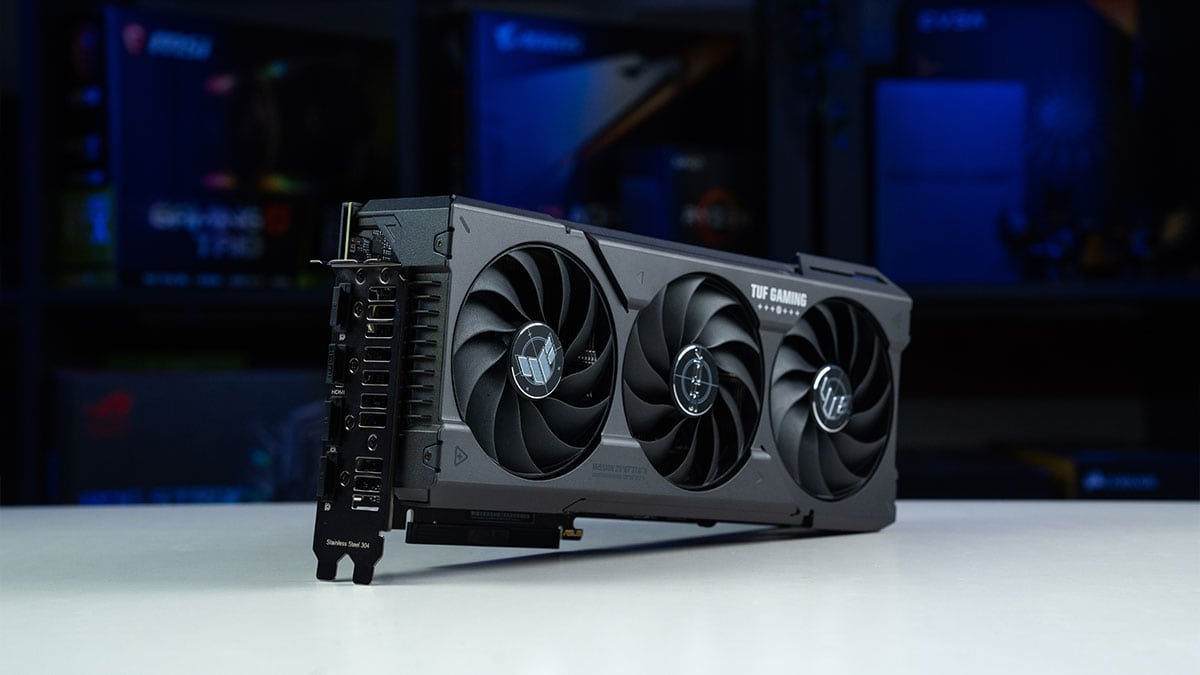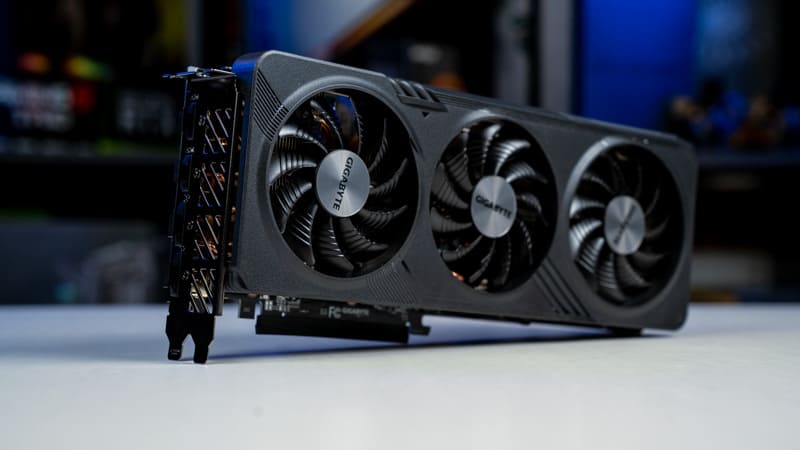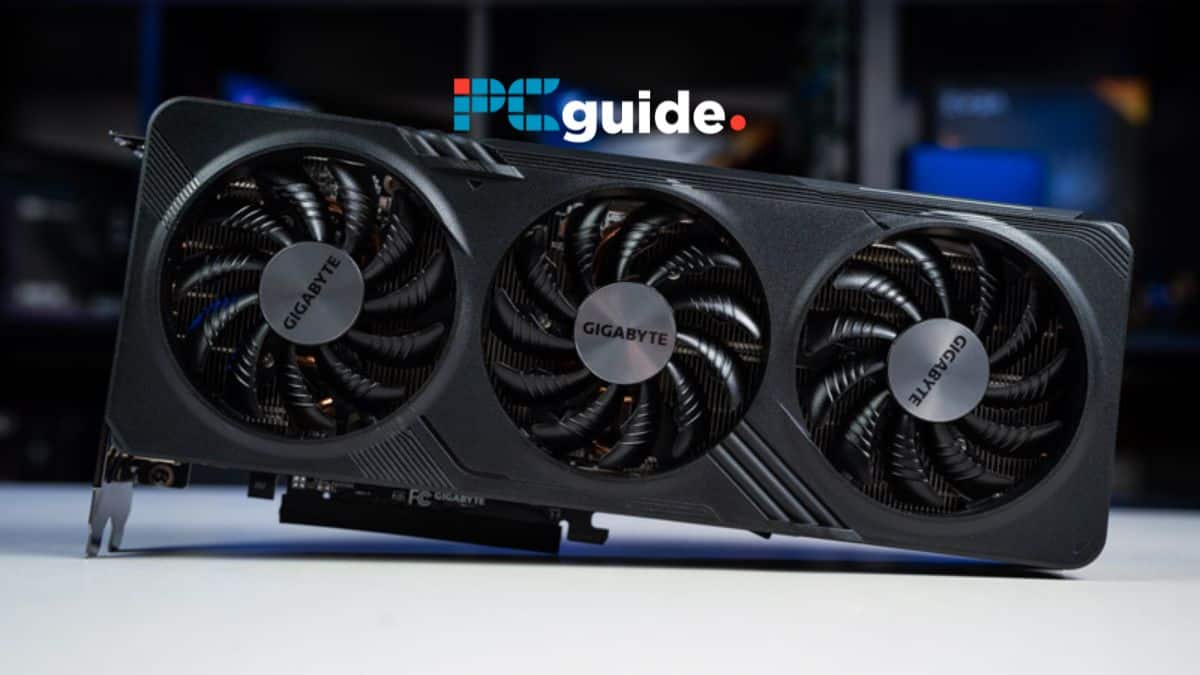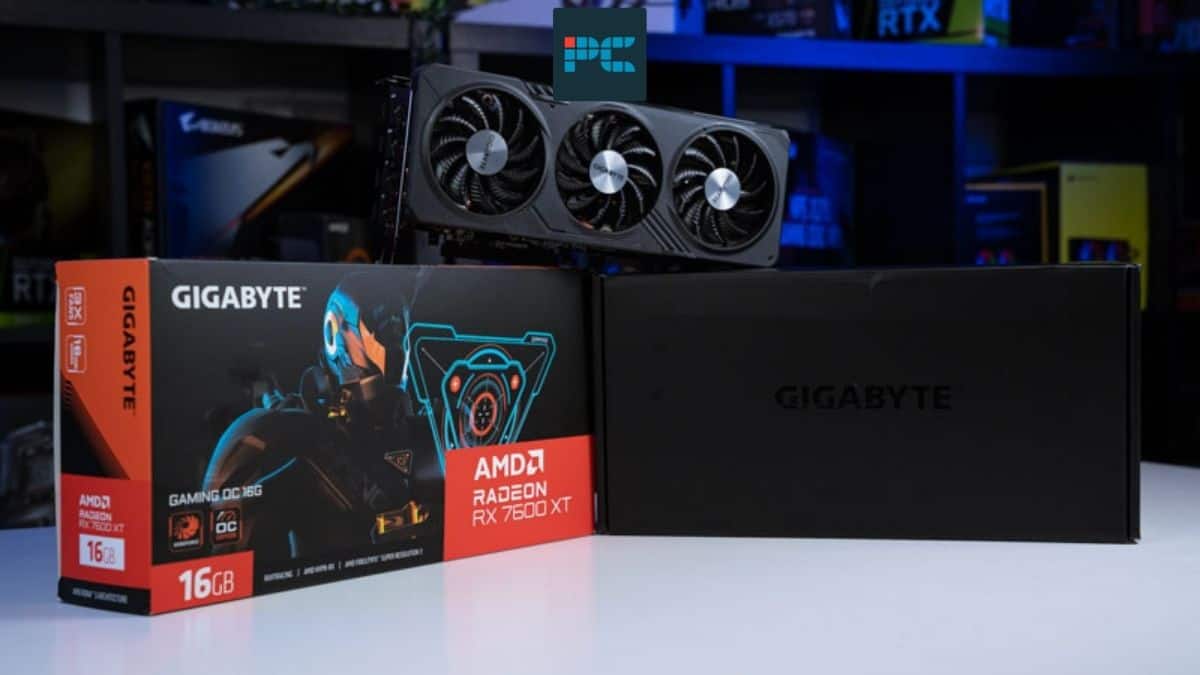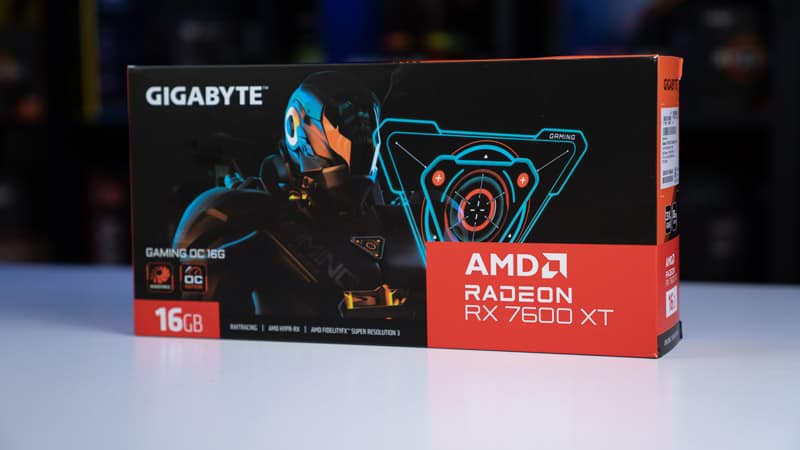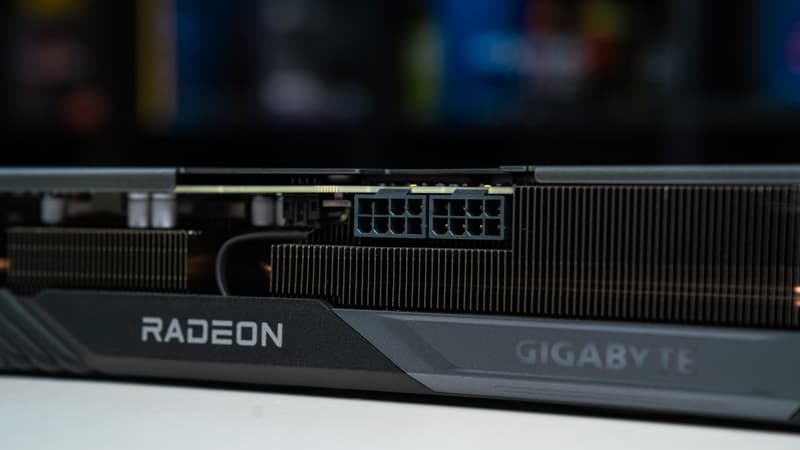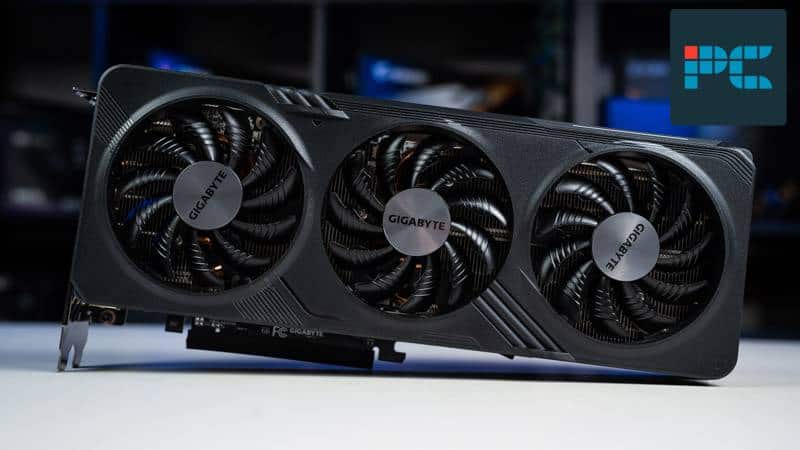Intel’s new GPUs finally rival AMD’s low pricing model, but they might always be playing catch-up
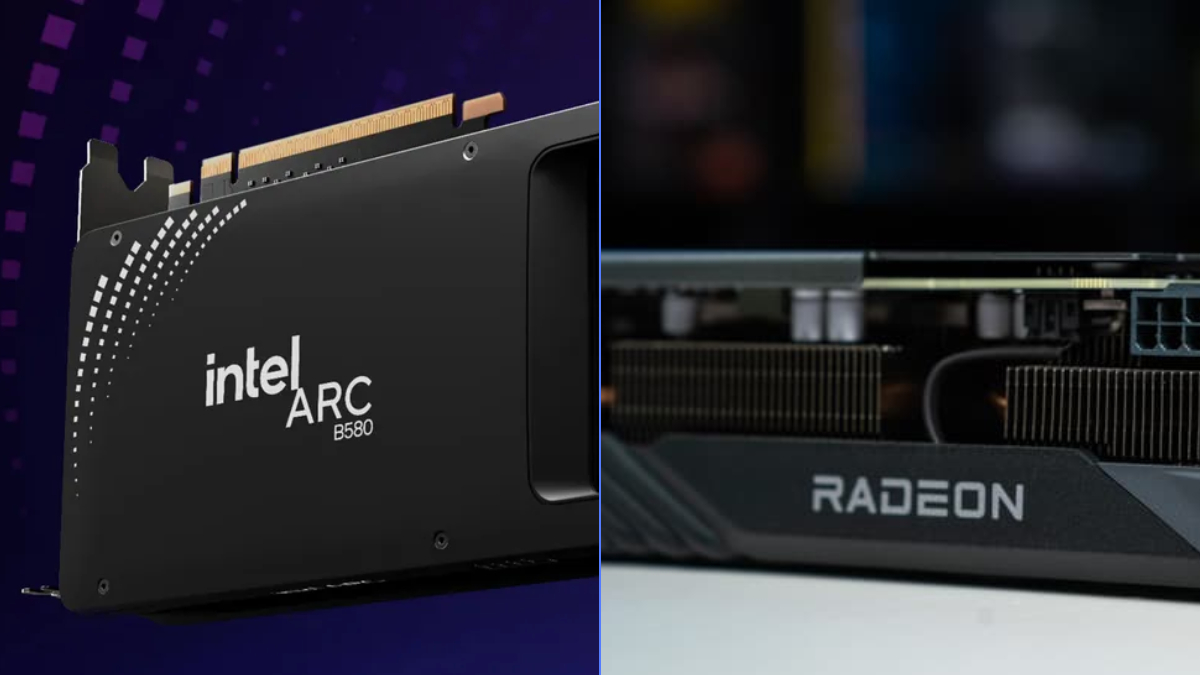
Table of Contents
In case you missed it, Intel just launched its new Battlemage GPUs, namely the Arc B580 and Arc B570. These arrive with impressively low price tags – $249 and $219 respectively, and definitely look like the new best budget graphics cards on the market. The B580 will be available to buy next week on December 13th, with AMD unlikely to respond until early next year with an announcement likely taking place at CES 2025.
Intel showed off the B580, benchmarking its performance versus Nvidia’s RTX 4060 and AMD’s RX 7600, claiming it offers “25% better performance per dollar” than both of those cards. With that in mind, it’s safe to say that Intel’s aggressive pricing should pique the interest of many AMD users – especially those who shy away from Nvidia due to relatively poor value for money.
Intel Arc B580 and Arc B570 will give AMD a run for its money in the mid-range
Right now on Amazon, you can find the RX 7600 for around the $250 mark, just the same as the B580’s MSRP. This is AMD’s most recent entry-level graphics card, but according to Intel’s benchmarks, the B580 is 19% faster in rasterization and a significant 30% ahead in Ray Tracing – so the B580 offers “Maximum Performance per Dollar.”

No performance charts were provided for the cheaper B570, though it does offer 10GB VRAM versus the 7600’s 8GB; it seems that Intel understands that 8GB isn’t going to impress anyone anymore, even at the entry-level. If you want more VRAM in your graphics card to help deal with memory-hungry AAA Games, then AMD’s next step up is the RX 7600 XT, though that is going to cost you $310 upwards at the time of writing.
So, all in all, it looks like Intel should be all set to attract a wider audience, especially with its new Xe2 architecture and XeSS 2 upscaling with the new addition of frame generation. The sub-$250 market finally has a healthy amount of options.
- GPU: Navi 33
- Stream Processors: 2,048
- VRAM: 16GB GDDR6
- Bandwidth: 288.0 GB/s
- Memory bus width: 128-bit
- Base clock speed: 2029 MHz
- Boost clock speed: 2539 MHz
AMD’s upcoming launch might still blow Intel out of the water
It is important to note that AMD is yet to launch its RX 8000 series. Intel has jumped in front of both AMD and Nvidia with a launch that we expect to perform better than the original Arc A-Series (Alchemist). However, while Intel has pulled ahead for now, AMD could easily turn it back on them with some GPUs that deliver even better value with a more established fanbase to back them up. Who knows, maybe some last-minute adjustments may be made in light of the Battlemage reveal.
One thing we know about the RX 8000 series is that AMD is likely not releasing a high-end card to follow up on its 7000 series flagships and is instead turning its focus on the mid-range. That leaves Nvidia in the clear, but Steam Hardware Surveys tell us time and time again that the flagships aren’t the most popular anyway.
Most recently, we saw references to RX 8800 and RX 8600 GPUs in AMD’s ROCm software code, with excellent improvements in ray tracing performance also rumored. Ray tracing is one of the things AMD definitely needs to improve on, especially with even Intel far ahead according to its own B580 benchmarks; luckily it looks to be one of the main focal points with RX 8000.
So, while Intel boasts solid gains over AMD’s current entry-level GPU, that could all change this coming January, leaving Intel with more work to do. There may still be more Battlemage GPUs to come, so this next generation could form a close rivalry between Team Blue and Team Red in the GPU sector. There’s every chance that AMD leapfrogs them, forcing Intel to catch back up.
It’s perhaps fair to say that AMD has already wiped the floor with them as far as gaming CPUs go (see the Ryzen 7 9800X3D), so we hope to see them compete more evenly when it comes to finding an entry-level to mid-range graphics card this upcoming generation.

